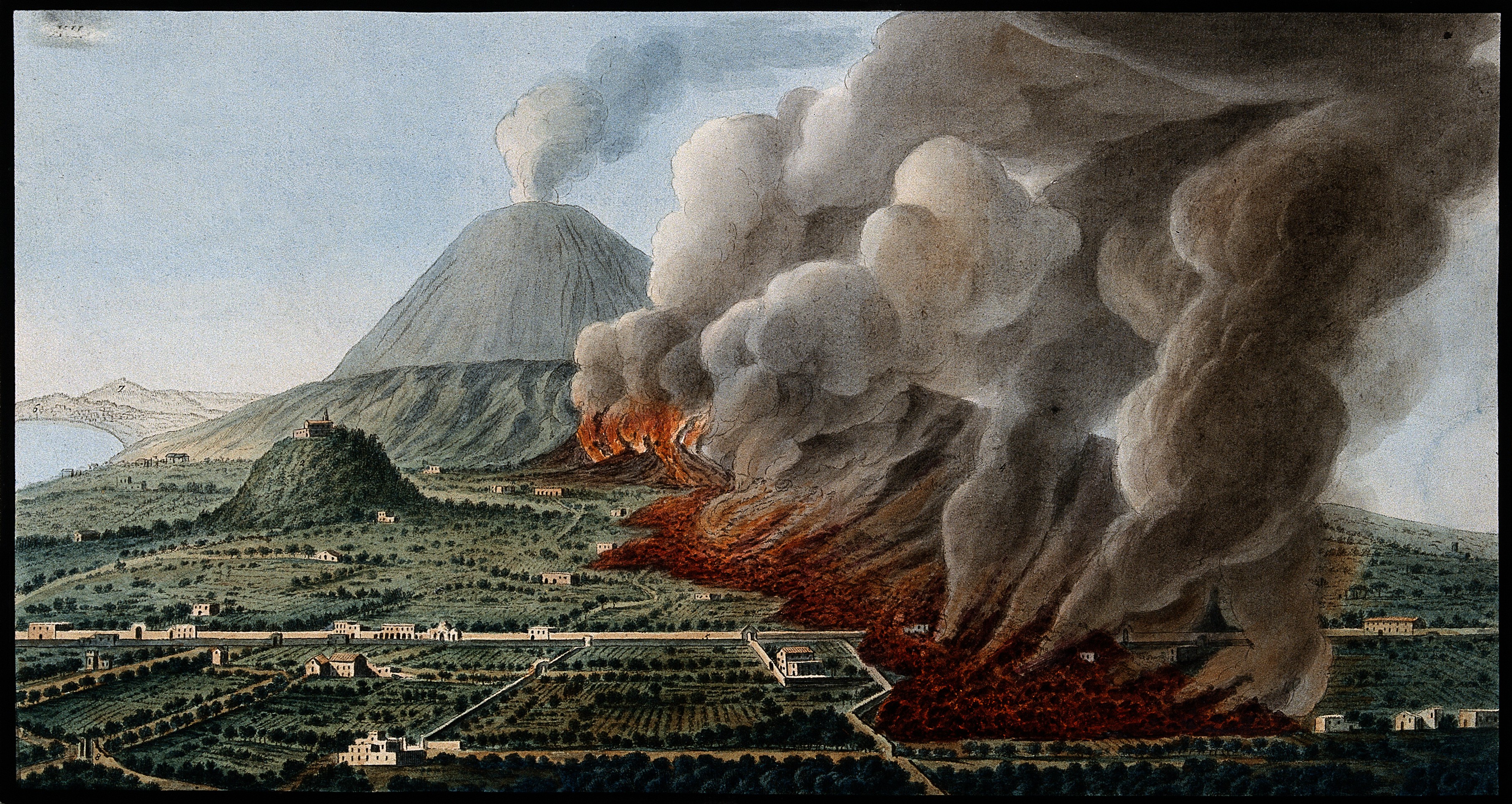The Fall of Pompeii
“The letters of Pliny the Younger provide gripping insight into Roman life — and the last hours of a city.” Michael Dirda reviews the eruption of Mt. Vesuvius and the destruction of Pompeii. “On the day of the eruption, the younger Pliny writes, “my uncle was at Misenum, where he held command of the fleet in person. Just after midday on 24 August [79 CE] my mother pointed out to him the appearance of a cloud of unusual size and appearance. He had relaxed in the sun, had then taken a cold dip, had lunched lying down, and was at his books. He asked for his sandals, and mounted to the place from which that remarkable phenomenon could best be observed. A cloud was issuing up from some mountain which spectators from a distance could not identify; it was later established to have been Vesuvius.”




